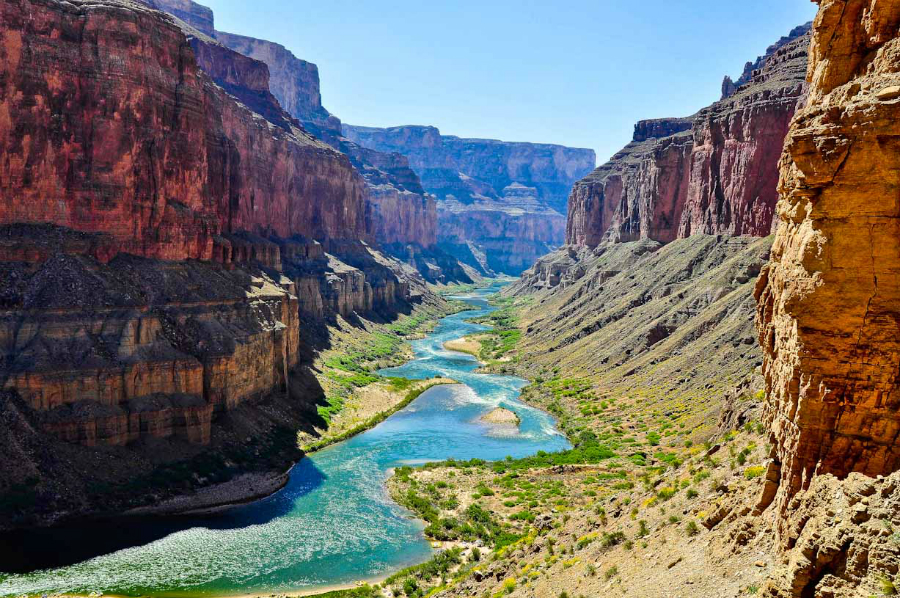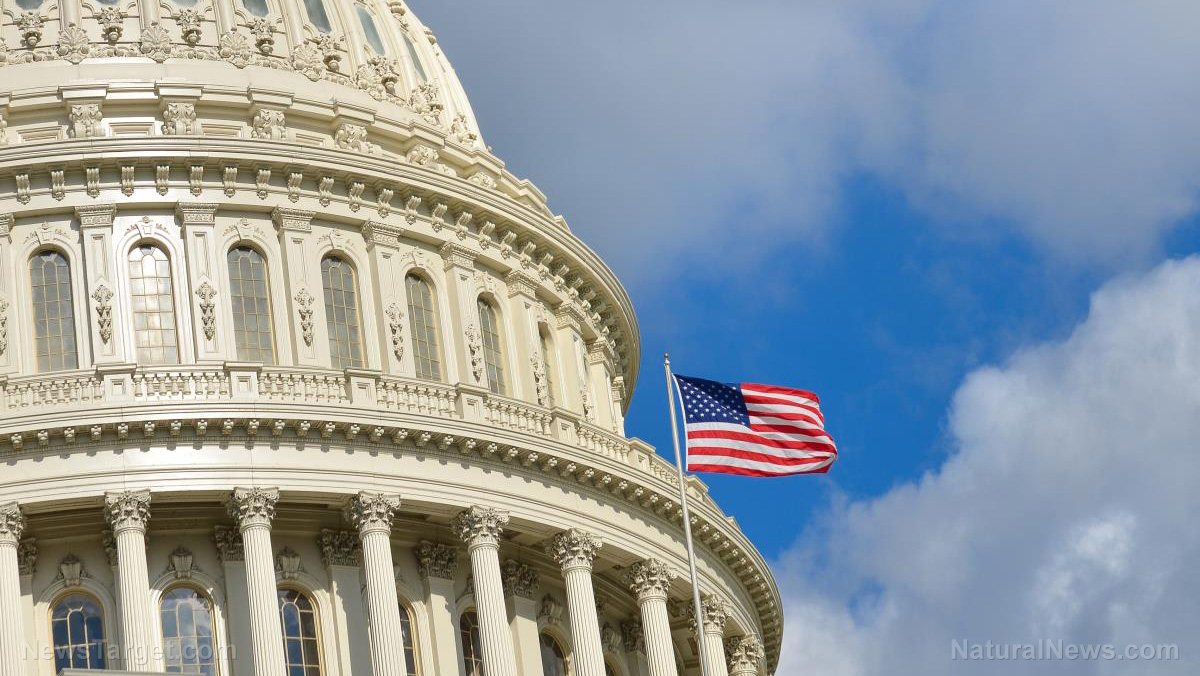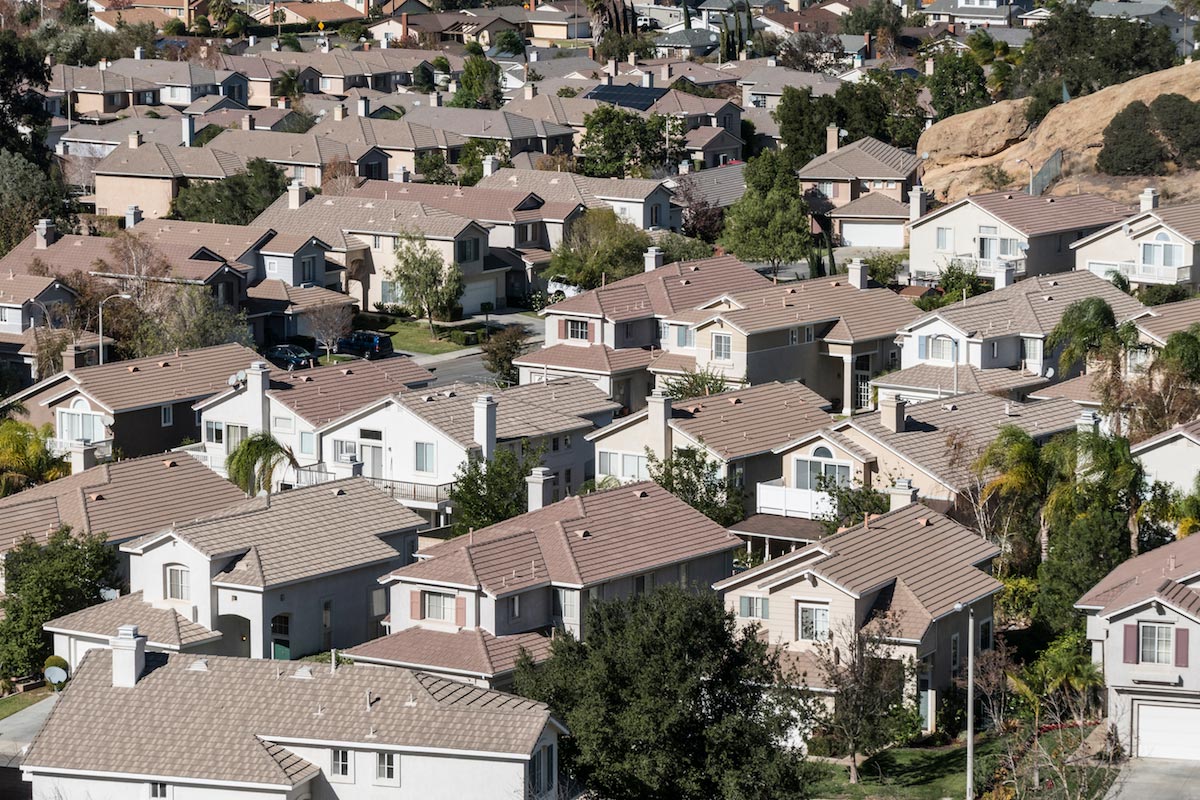Running out of water: Two US water reservoirs hit record lows in June 2021
07/22/2021 / By Ramon Tomey

Two large water reservoirs in the western U.S. hit record lows after a decline of more than two decades. Water levels at Lake Mead and Lake Powell, both on the 1,450-mile Colorado River, fell to their lowest in June 2021. Due to the dwindling water levels, the federal government said it plans to declare a water shortage this coming summer.
According to an NPR report, the declaration would see mandatory water cuts in the states in the Colorado River’s lower basin – Arizona, California and Nevada. These would also affect 40 million people in the western U.S. that depend on the river for drinking water and irrigation. It would also undermine the operation of hydroelectric dams along the river that provide electricity to the three states.
Another article from the Colorado Sun said the U.S. Bureau of Reclamation (USBR) painted a grim picture in a report it released in June 2021. It said that both the Mead and Powell lakes are “fast deteriorating toward ‘dead pool’ status.” The Sun‘s report added that the stored water in the reservoirs is so low that it cannot power the hydroelectric generators in the dams and that it cannot irrigate large swaths of farmland in Arizona.
The USBR report predicted that there was a nearly 80 percent chance Lake Powell’s water level will fall below the minimum target water height by next year. It added that by 2024, there is a nearly 20 percent chance that Lake Powell’s water levels will be insufficient for producing hydroelectric energy.
The report also projected a slightly milder – but nevertheless pessimistic – projection for Lake Mead. It said that there was an almost 60 percent chance of the reservoir’s water levels dropping below the minimum by 2025. Furthermore, the report also projected a more than 20 percent chance of Lake Mead being unable to produce power by the same year. (Related: Low runoff from the Colorado River threatens water shortage across 7 western states.)
Even the snowpack was unable to address the problem
The Sun‘s report added that even with adequate snowpack this year, it was insufficient to counteract the effects of the ongoing western drought and soaring temperatures. Water policy analyst John Berggren from the nonprofit Western Resource Advocates said that even with abundant snow in the future, the reservoirs would remain in deep trouble.
Berggren noted that the Colorado River basin’s latest snowpack was just about 100 percent of normal. However, it only delivered only half of the normal runoff into the river and the giant reservoirs. He explained that water either soaked into parched ground or evaporated entirely before it could contribute to stream flows.
“It’s startling how with each new projection, you had thought it can’t possibly get worse. Even just a year or two ago, most people would have thought these projections are pretty far away from ever happening,” Berggren said. He continued that major water cutbacks for states at the lower Colorado River basin are now “an unavoidable reality.” Berggren added: “This just shows that we no longer have the luxury of thinking it’s a decade down the road.”
The Metropolitan Water District of Southern California (MWD) expressed concern toward Lake Mead’s dwindling water levels, given that much of its water is delivered by the Colorado River Aqueduct. MWD provided water to about 19 million residents of southern California in six different counties. MWD Chief Operating Officer Deven Upadhyay told KTLA 5: “When you look at … an average over the last 10 years, the Colorado River provides about 25 percent of the water that’s used in Southern California.” (Related: California’s “Megadrought” is causing tap water to taste like dirt.)
But aside from lower basin states, those in the Colorado River’s upper basin also face future water cutbacks. This only exacerbated conditions caused by the ongoing drought in the four upper basin states – Colorado, New Mexico, Utah and Wyoming.
USBR Upper Colorado Basin Regional Director Wayne Pullan meanwhile said in a statement: “The June five-year projections for the Colorado River System reaffirm [that] this is a serious situation. We are actively engaged with the Colorado River Basin states and other partners to respond to changing conditions to avoid critical elevations at Lake Powell.”
WaterWars.news has more articles about the critical water levels in other U.S. water reservoirs.
Sources include:
Tagged Under: Collapse, Colorado River, drinking water, Drought, hydroelectric power, irrigation, Lake Mead, Lake Powell, Lower Colorado Basin, Megadrought, Upper Colorado Basin, water cuts, water reservoir, water supply, Western US
Get independent news alerts on natural cures, food lab tests, cannabis medicine, science, robotics, drones, privacy and more from NewsTarget.com
Get independent news alerts on natural cures, food lab tests, cannabis medicine, science, robotics, drones, privacy and more from NewsTarget.com
RECENT NEWS & ARTICLES
SHTF.News is a fact-based public education website published by SHTF News Features, LLC.
All content copyright © 2018 by SHTF News Features, LLC.
Contact Us with Tips or Corrections
All trademarks, registered trademarks and servicemarks mentioned on this site are the property of their respective owners.





















